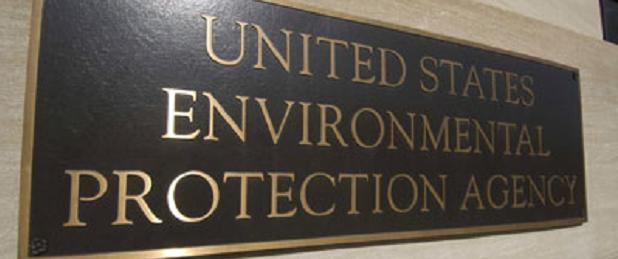One definition of “gangrene” offered by Webster’s Dictionary, “pervasive decay or corruption,” appropriately characterizes the work of the EPA, given its continued push to the edges of the Constitution in implementing costly regulatory requirements that thwart our national economic growth. Thus, the agency has assumed greater powers over the last several years while increasingly demonstrating a willingness to act outside the law in pursuit of its ends.
Furthermore, its unnecessary interventions in our national economy have yielded pernicious consequences. Today, the EPA punch list is long, and there is legitimate concern that the president could circumvent Congress to enact tough environmental regulations. In fact, should a presidential approval of the Keystone XL pipeline antagonize the environmental lobby, we could see more aggressive executive support for the green agenda as a quid pro quo.
With his most recent nomination of EPA activist and climate-change alarmist Gina McCarthy, Barack Obama has pledged to fulfill his State of the Union promise for aggressive policies addressing purported climate change. A brief review of McCarthy’s work while heading the EPA’s Air Board suggests a disconcerting willingness to provide misleading testimony in order to achieve her policy goals (“EPA Nominee Gina McCarthy Has a History of Misleading Congress,” Lewis & Ward, Forbes, 3/12/13).
She is also known for having deliberately circumvented existing rules to promulgate the draconian New Source Performance Standards limiting emissions from new power plants (“Carbon Power Politics,” WSJ, 3/5/13). In short, there is good reason to be concerned that McCarthy will implement unwieldy regulations that increase businesses’ operating costs, resulting in employee layoffs and/or cost pass-through to the consumer.
A second area where the EPA would like to exert greater regulatory oversight is hydraulic fracturing. By all accounts, states legally responsible for enforcing fracking regulations have capably performed their duty. Nonetheless, movies such as “Gasland” and “Promised Land” have generated a plethora of myths regarding the fracking process and its impact on groundwater supplies via methane gas and chemical infiltration. Moreover, groundwater contamination claims by the EPA for gas producing basins in Pavillion, Wyo., and Dimock, Pa., have proven to be without merit.
Constructive voices such as Phelim McAleer have, meanwhile, been helpful in providing more grounded documentation (FrackNation) of industry practices. So while economically vibrant areas such as Texas, North Dakota and southwestern Pennsylvania generate ongoing robust economic growth, we should realize that efforts by the EPA to impose unnecessary regulations on hydraulic fracturing would have a deleterious impact on our economy. Such regulations would likely discourage further domestic exploration and production, result in higher gas prices for the consumer and jeopardize our chances of domestic energy security.
One last EPA-generated boondoggle that may soon result in higher prices for gasoline is the agency’s requirement for ethanol blending. The EPA sets quotas for gasoline pool blending by domestic refiners every year. Unfortunately, if the quota is too high and above the 10 percent “blend wall” beyond which refiners are reluctant to add ethanol to their gasoline pool (for fear of lawsuits due to engine damage from ethanol blending greater than 10 percent), they are required to buy credits, or in industry parlance, RINs (renewable identification numbers).
These credits allow them to satisfy their blending quota, but due to the illiquid nature of the RINs market, their price per gallon has recently spiked from 10 cents to more than $1. This is likely to lead to fuel price increases of 5 cents a gallon or more for consumers. Other secondary effects of this EPA requirement will be increased gasoline exports by domestic refiners and declining oil product imports from Europe, both of which will exert more upward pressure on gasoline prices.
All these areas of EPA involvement are likely to continue to threaten the vibrancy of the U.S. economy should it be allowed to continue on its green crusade. We are fighting a battle against scientific ignorance and environmental nihilism that we cannot afford to lose. And as is the case in dealing with gangrene, the only solution here may be a partial “amputation” of the powers of an increasingly toxic EPA that have grown well beyond those its creators originally intended.
[First Published at PhillyBurbs.com]





